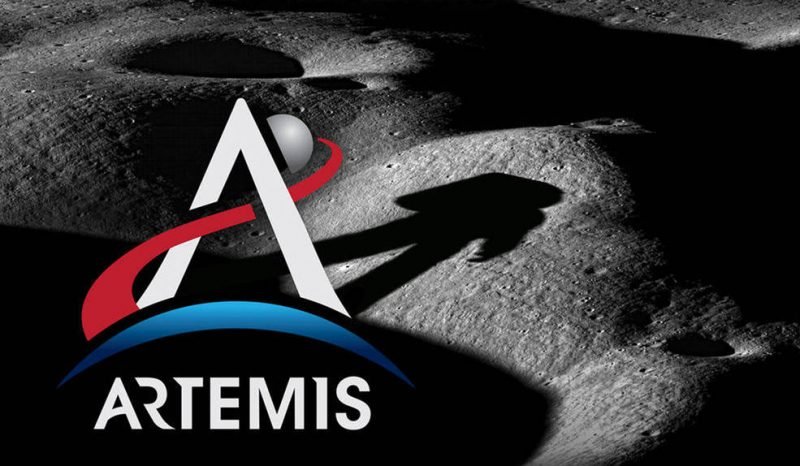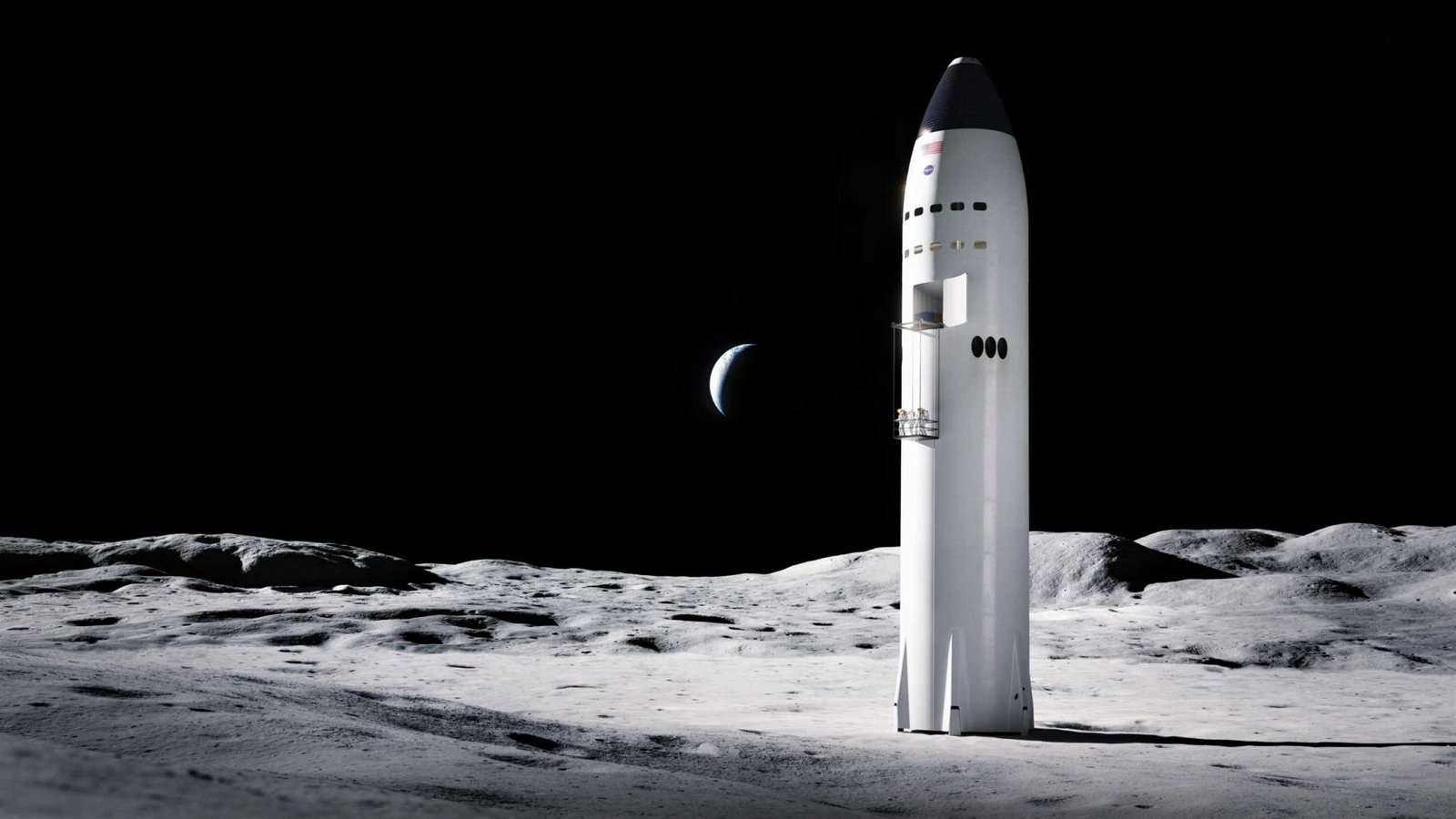US returning to the Moon after 50 years
The US is returning to the Moon after a gap of 50 years since its first successful mission on the Moon in 1972. According to Phys.org, an unmanned spacecraft, Peregrine, will land on the moon on January 25, 2024.
Astrobotic, a US-based business part of NASA’s Commercial Lunar Payload Service (CLPS) effort, created Peregrine. If the mission proceeds as planned, Astrobotic would not only be the first private business to land on the moon safely. But it will be the first time a US spacecraft has landed on the moon since NASA’s final Apollo mission in 1972.

NASA’s CLPS initiative began some years ago with the primary goal of encouraging commercial businesses to land on the moon. The major purpose of this program is to build a lunar economy in which private companies can deliver experiments. And technologies to the celestial body at a lesser cost by using fixed-price contracts.
By sending spacecraft to the moon ahead of future NASA missions, the agency is effectively giving itself a head start on future missions. In other words, NASA intends to successfully launch a manned journey to the moon in 2025 through its Artemis program. By using the initiative and inventions of private businesses such as Astrobotics, Firefly, Aerospace, Draper, and Intuitive Machines. These manned lunar missions will help NASA in studying the moon to eventually set their eyes on Mars.

Meanwhile, Peregrine will support the process by delivering equipment to the moon ahead of the Artemis mission, making later flights more economical for NASA.
In addition to the Astrobotic mission, Intuitive Machines intends to launch a moon mission using a SpaceX rocket shortly after the Peregrine launch.
If Astrobotic’s mission goes as planned, they will be the first private company to land on the moon. However, this is not the first attempt undertaken by the private sector.
the Japanese start-up ispace attempted something similar just this spring, but their objective failed. Because Japan also unmanned ispace’s Hakuto spacecraft. No astronauts were injured during the disastrous trip.
Read More:
- Scientists created superflies to eat human poop & clean streets
- Samsung Galaxy Z Flip 6 5G features, specifications & price
- NASA sent first 4K video from aircraft to the space station
- Dogs behave depressed after sensing stress in dogs, study shows
- Australian govt issued notice to tech companies to report on child abuse
- Oppo K12x 5G release date, features, specifications & price
Share this content:









Post Comment